Title : Improving intravenous vancomycin monitoring practices: A multi-centre quality improvement project at University Hospitals Birmingham
Abstract:
Background: Vancomycin level monitoring is essential for optimizing therapeutic efficacy and minimizing toxicity. Inconsistent practices and unclear guideline dissemination across hospital sites may compromise patient outcomes and increase healthcare costs.
Methods: A retrospective quality improvement project was conducted across three sites (QEHB, BHH, GHH) from July to September 2024, following a guideline update. Data from 327 patients receiving intermittent IV vancomycin were collected via a structured electronic form. Key parameters included timing and accuracy of trough level sampling, adherence to guidelines, dose timing, renal monitoring, and documentation in the PICS system.
Results:
• 24% of patients experienced significant dose delays (>4 hours).
• Only 39% of samples were collected at the correct time; among these, 59% achieved target levels.
• More than 85% of patients had their renal functions monitored regularly. However, 7% still experienced renal decline—an important finding given the known nephrotoxicity of vancomycin.
• Patients within the target range had significantly shorter hospital stays (mean 32.3 vs. 41.0 days; p = 0.048).
• Patients achieving target vancomycin levels had shorter hospital stays and reduced complications, reflecting a significant improvement in treatment efficiency and resource utilization.
Conclusions: Adherence to vancomycin monitoring guidelines remains suboptimal, contributing to prolonged hospital stays and increased risks. Key issues include sampling delays, insufficient renal function tracking, and poor documentation. Guideline revisions, IT enhancements, and dedicated staff support are recommended to improve safety, compliance, and antimicrobial stewardship.



